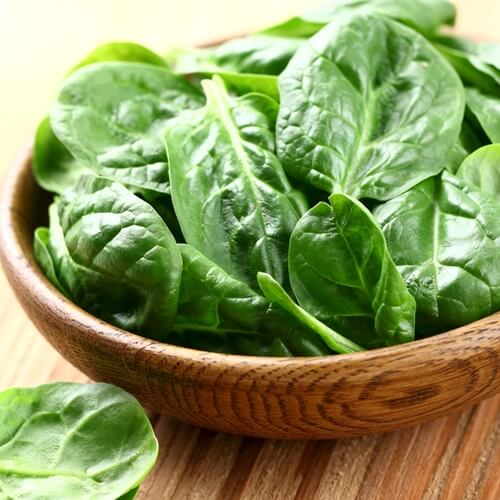Spinach: Fuel of the future
It has been years since ethanol became a common part of the oil mixture with which we fuel our cars, and online cooking school students know that many of the ingredients they are accustomed to using also have properties and byproducts that have been used to create energy. Biodiesel is a converted vegetable oil currently used by cars in the European Union. Some may know that it is possible to have a car adapted to run on the product, but finding biodiesel on this side of the ocean is not easy. Wheat, sugar and food waste are all other edible sources that can keep cars moving, yet the availability and cost of these options means they’re not necessarily feasible. Now a new endeavor looks to use spinach as the food fuel.
Homegrown fuel
Nature recently published a study that examined the potential use of spinach as a fuel source. Though this may be another food fuel, there is a significant difference between the energy expected to be produced with spinach’s help and the other biofuel products. Scientists working on the Nature study do not expect to use a large amount of spinach to make fuel – they only need to harness spinach’s photosynthetic process in an artificial form.
Simply put, scientists have begun to analyze the process that converts sunlight into energy: photosynthesis. Within plants, photosynthesis uses multiple systems and chemicals to cause the reaction necessary for sugar production. To get a closer look at the process, scientists have been observing a controlled exposure of spinach to sun-like lasers with special X-rays.
“Our scientific quest is for the exact details of this process,” Yulia Pushkar, an associate professor of physics at Purdue University who worked on the study, told Modern Farmer. “Once discovered, the machinery of photosynthesis can be recreated by humans in a device to provide clean, renewable energy.”
The scientists have so far deciphered that the process requires a protein-based reaction where a plant’s cell structure is activated to split water. The scientists are calling this process Photosystem II and are hoping to harness it in a synthetic format. Once they can recreate the process in an artificial way, the scientists will have built a machine that is able to produce and store energy just like a plant.
Now this may sound similar to solar power, and it is, but the transference of energy is not efficient with solar. There is energy lost in the conversion from sun to energy and then from energy into a stored product. With the photosynthetic process there is 60 percent efficiency, unrivaled by any other energy source. Spinach may lead scientists to a nation less dependent upon fossil fuels.


